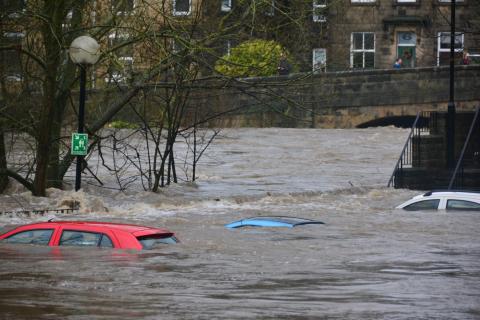This is an Embedded Researcher project; click here to find out more about the scheme and a summary of the projects.
This project aims to characterise and quantify Environment Agency flood and drought incident response activity in our current climate, as well as to understand the implications for capacity required in future climates.
Background
The Environment Agency is responsible for responding to flood and drought emergencies. Major incidents already number approximately 80 per year but a changing climate is expected to alter the frequency and pattern of incidents.
The Environment Agency needs to plan and prepare for these changes. However, there is currently limited national quantification of the current size, frequency and pattern of incident response or how this is likely to change in the future. This project addresses that gap by producing a series of outputs that will help inform the Environment Agency’s incident response strategy.
Partnership
This project will partner Dr Elizabeth Lewis from Newcastle University with the Environment Agency. As the Environment Agency develops its incident response strategy, there may be changes in its internal structure and work patterns, as well as how it works with other national response organisations. By being embedded in the Environment Agency for the duration of this project, Dr Lewis will have much greater understanding of how proposed strategic developments can be delivered.
Additional to the project partnership, it is anticipated that the outputs of this project will benefit others working in climate resilience, including Local Flood Authorities, Defra, water companies and academics.
Outputs
The principle outputs of this project will be:
- A report on achieving climate resilient incident response under future climates
- National statistics of incident response
- A set of regional hydrological thresholds that trigger incident response
- Projections of future flood and drought incident repsonse frequencies.
Image: Bradford, 2015. Unsplash.

